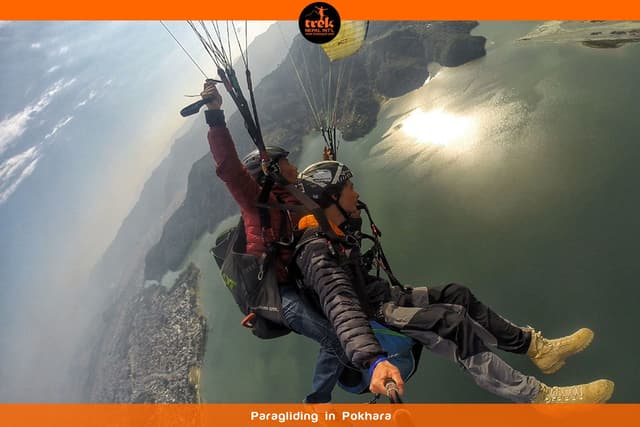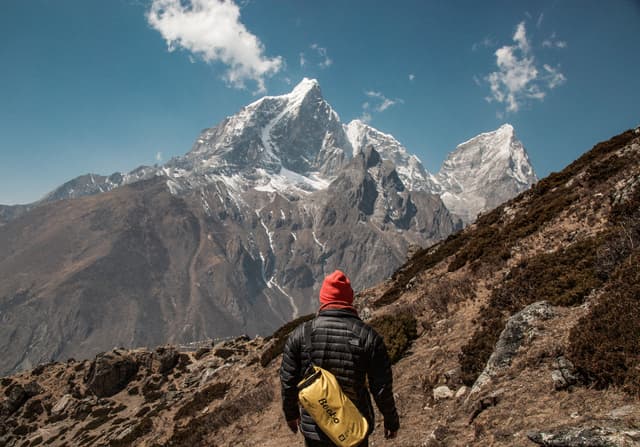Communication & Currency
Communication Facilities
Postal Services
The Central Post Office located near Dharahara Tower, is open from 9 a.m. to 5 p.m. Monday through Friday. The counters are open from 7 a.m. to 4 p.m. and provide stamps, postcards and aerogram. Post Restated is available Monday through Friday from 9 a.m. to 5 p.m. Express Mail Service (EMS) is available at GPO and at Thamel, Basantapur and airport postal counters.
Telephone Services
Widely used telephone services in Nepal are Mobile phone and Satellite phone. Hotels and private communications centers provide long distance telephone. For calling from outside, country code for Nepal is +977 and the area code for Kathmandu is 1. Click here to find the area code for other cities & districts.
Internet Services
In recent years, Nepal has seen a significant expansion of internet connectivity and access to digital communication tools. While internet cafes and communication centers still exist, there are now many more options available to stay connected with friends and family from anywhere in the country.
One major development has been the widespread availability of mobile internet data services. Nepal now has 4G coverage throughout much of the country, with 5G technology being tested in some areas. In addition, internet service providers such as Worldlink offer free internet access for a limited amount of data in all major cities.
Hotels also continue to offer internet services, although these are now often expected as standard amenities rather than an extra charge. Many cafes and restaurants now offer free Wi-Fi for customers, making it easy to stay connected while on the go.
Overall, Nepal's digital infrastructure has come a long way in recent years, making it easier than ever to stay connected with loved ones and access the wealth of information available on the internet.
Media
The media in Nepal is diverse and vibrant, with a wide range of newspapers, magazines, radio stations, and television channels. The country's media landscape is also rapidly evolving, with the introduction of new technologies and the growth of social media.
Nepali media has sped light years ahead in just a few years time and what used to be a controlled and tight knit community, is so no more. The government audio and television news networks are Radio Nepal and Nepal Television respectively. However, numerous FM radio stations and upcoming regional television stations are dominating the market. Major Nepali daily newspapers are Gorkhapatra and Kantipur, while the English dailies are The Rising Nepal, The Kathmandu Post and The Himalayan. A number of other newspapers and magazines are also available.
Electricity
Nepal has a 220-volt, 50-cycle alternating current system. The standard plug is the two-pin type. The sockets are round and have two holes. The standard voltage is 220 volts. The standard frequency is 50 hertz.
Currency Exchange
Payment in hotels, travel agencies, and airlines are made in foreign exchange. Credit cards like American Express, Mastercard and Visa are widely accepted at major hotels, shops, and restaurants. The receipts may be needed to change left-over Nepalese Rupees into hard currency before leaving the country. However, only 10% of the total amount may be converted by the bank. ATM is widely in use all over the country.
Nepalese Rupees are found in denominations of 1000, 500, 100, 50, 20, 10 & 5. One rupee equals 100 paisa. Current exchange rate USD 1 = (Nepalese Rupees) NPR 144.37 for buying and NPR 144.97 for selling.
Planning a trip to Nepal?
Get some help from our travel experts.
OR
Directly talk with our local travel experts.

Nepal Adventure, Trek Nepal Int'l
4/26/2024
Nepal is a land of topographical diversities crossed by high mountains and turbulent rivers with a mosaic of diverse ethnic groups with their own distinct cultures. This tour has been carefully designed to provide an unforgettable experience, tailored to e...
Read more
Kumari - The Living Goddess
4/23/2024
Seated royally on her throne, she’s possessed, chosen, and worshipped the Kumari. At a tender age, she holds responsibilities of granting the wishes of thousands praying to her, of protecting all those around her and trading her childhood for the fulfillme...
Read more
The History of Trekking in Nepal
12/21/2023
As trekking in Nepal evolved over the decades, it not only became more accessible but also underwent significant changes in terms of infrastructure, information dissemination, and safety measures. The transformation of trekking from a local means of transp...
Read more

